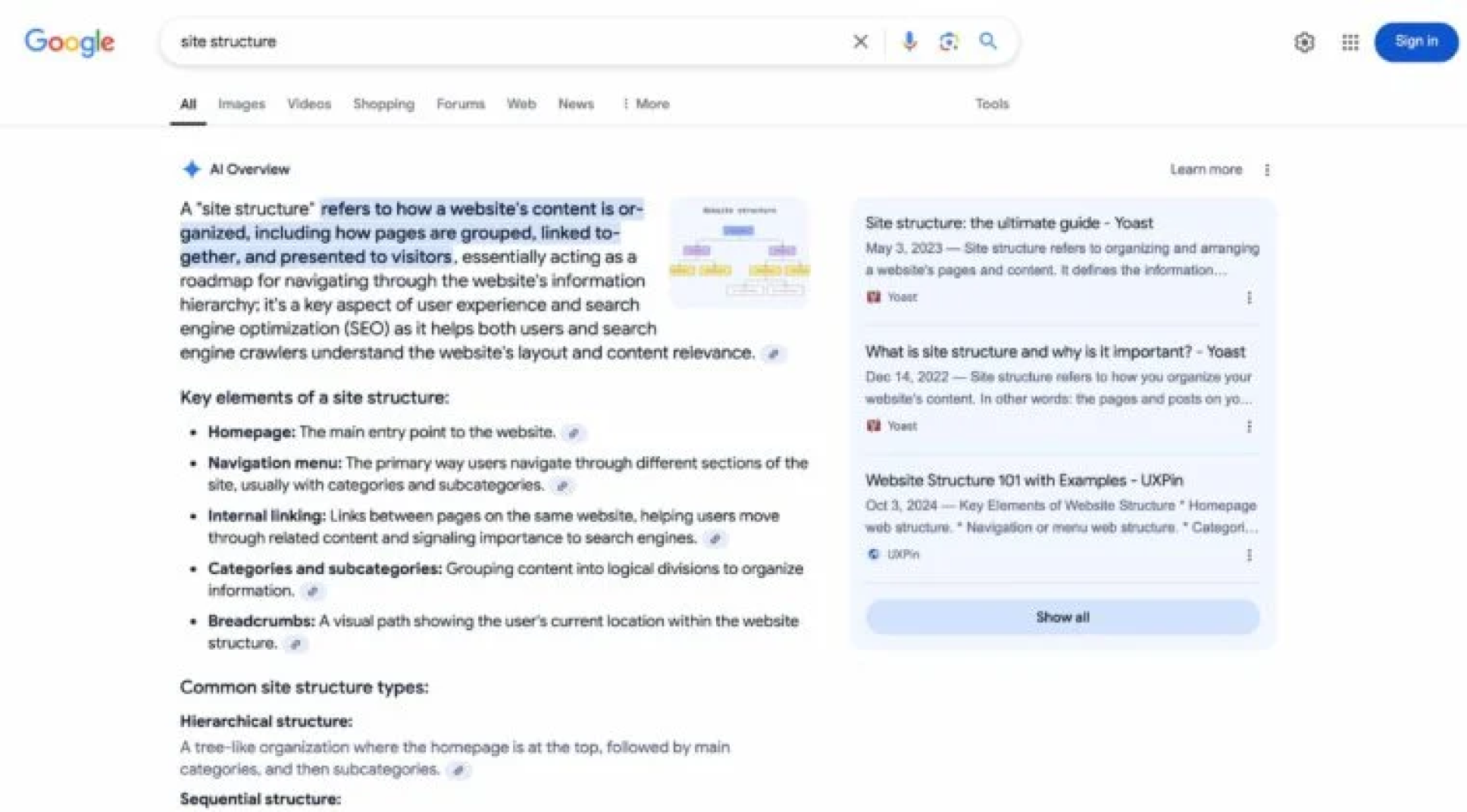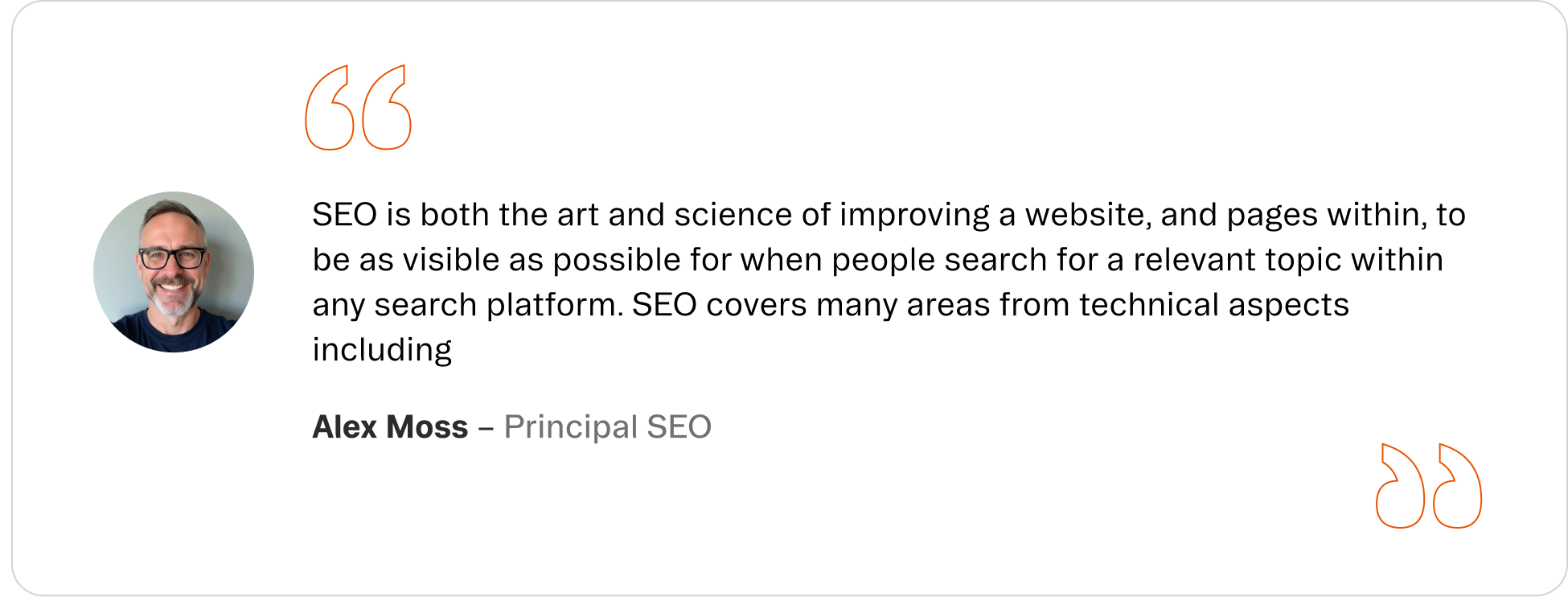Getting Started with AI-Powered Content Creation
SEO is the key to making your website visible, trusted, and accessible online. It works through four main pillars—on-page optimization, off-page authority building, technical improvements, and high-quality content creation. In 2025, success in SEO depends on delivering value to users while keeping up with trends like AI, voice search, and video optimization. If you focus on creating helpful content, building strong backlinks, and maintaining a fast, user-friendly site, you'll steadily improve your rankings and grow long-term traffic.
SEO is not about tricking Google. It's about creating value for users. When users win, your website wins.
SEO is more than just rankings—it's the gateway to visibility, trust, and long-term growth. In today's digital world, businesses can't rely on guesswork; they need proven strategies to reach the right audience. This blog explores practical SEO techniques that actually deliver results.
What is SEO?
Do you have a website or are you thinking about creating one? And do you want to attract more people to your business? If the answer is yes, then there's no doubt about it: SEO should be part of your marketing efforts. It's a great way to build your brand and get people on your site. But what does it actually entail? In this post, we'll give you an understanding of what SEO is and how you can get started!
| SEO Type | Focus Area | Impact |
|---|---|---|
| On-Page SEO | Keywords & content | Improves rankings |
| Off-Page SEO | Backlinks & authority | Builds credibility |
| Technical SEO | Speed & structure | Enhances visibility |
Organic vs paid search
- SEM: Search engine marketing entails all marketing efforts to show up in the search results, both through ads and organic results.
- SEO: SEO is the practice of improving a website to show up when people search for a relevant topic within any search platform.
- SEA: Search engine advertising is the practice of paying for ads that show up in the search results of relevant keywords.
- PPC: Pay-per-click. The advertising model used in SEA, where the advertiser pays a fee each time one of their ads is clicked.
These paid results can allow you to show up as the top result for a search term, but it will cost you money every time a user clicks through to your website. When comparing both have their benefits and drawbacks. But more often than not, they complement each other well.

Why SEO is important for site owners
Huge volume of searches
The reason that so many (big) companies heavily invest in SEO is the high impact that it can have when done right. To give you an idea, Google, A number that has only gone up (and significantly) since 1998. So if you have a website, you want to make sure to show up in Google and other search platforms.
SEO is intent-driven
Online search is very intent-driven. Unlike other marketing channels, such as social media, where people happen to scroll upon your brand and content. This means you're interrupting a user's experience to capture their attention, which makes it more difficult to get them interested. Showing up in their search results aligns with an existing demand—your customers are actively seeking information, products, or solutions. This makes SEO a powerful inbound marketing strategy, where users come to you rather than the other way around. Because searchers already have intent, they are more likely to convert, making SEO an essential tool for attracting high-quality leads.
Competitive advantage
Creating a website and leaving it at that isn't going to cut it. With new websites popping up left and right, it's becoming increasingly difficult to get noticed and maintain customer loyalty. SEO can provide you with higher online visibility, a stronger brand, more authority in your field, more contact moments with your audience and higher quality traffic to your website (and/or offline location). All of this, leading to higher brand loyalty and more revenue.

Keyword Research Tools
| Tool | Focus Area | Pricing |
|---|---|---|
| Google Keyword Planner | Free keyword ideas | Free |
| Ahrefs | In-depth competitor data | Paid |
| SEMrush | All-in-one SEO toolkit | Paid |
Types of SEO
Although the basic principles remain the same, there are a few different types of SEO worth mentioning. They may not all apply to your situation, but it is beneficial to dive into the ones that do:
Ecommerce SEO
SEO specifically focused on gaining more visibility and organic traffic for online stores. With the goal of acquiring more sales.
Local SEO
Local SEO is the practice of optimizing your website for a specific local area. This is to ensure you are easily found (both online and offline) by a local audience.
Video SEO
The process of optimizing videos and video pages to make them appear in the search results for relevant keyphrases. Whether that is Google's search results or search results on other platforms like YouTube and social media.
